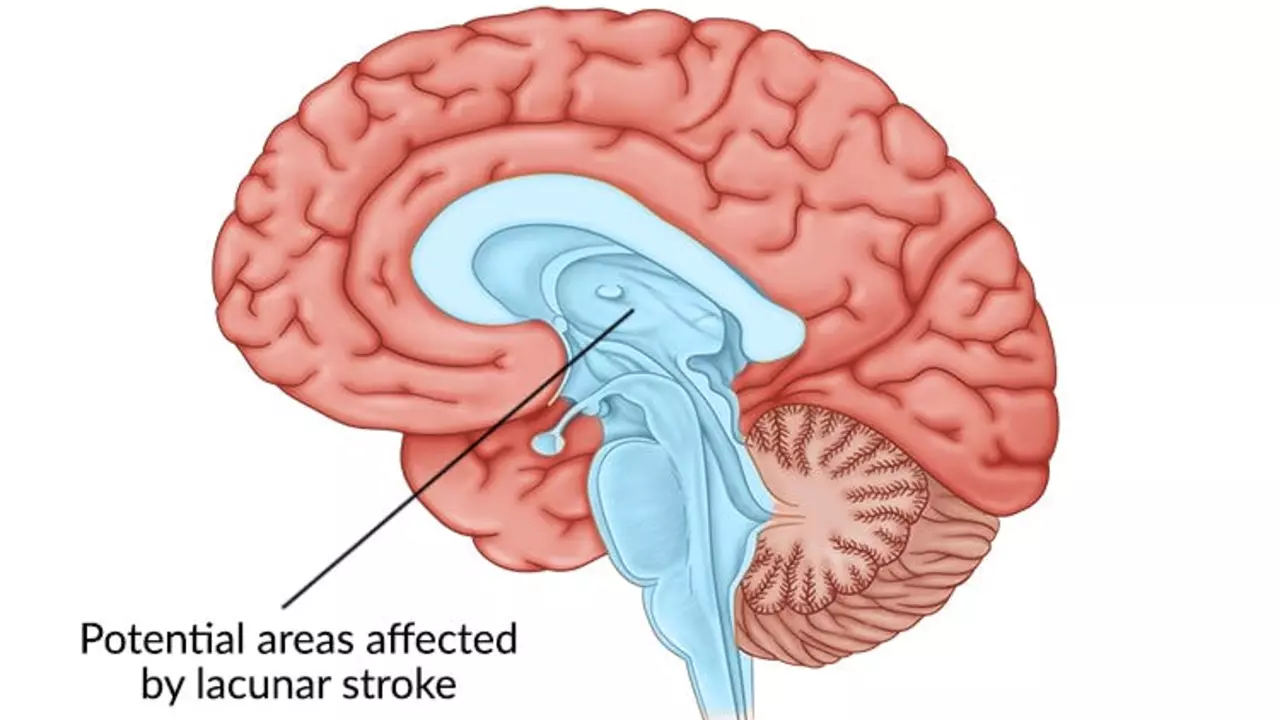Stroke Understanding: What You Need to Know
Strokes are more common than you might think, and knowing what's going on can make a real difference. Simply put, a stroke happens when blood flow to the brain is blocked or bleeds, causing brain cells to die. The faster you spot the signs, the better the chances of recovery.
Spotting Stroke Symptoms Fast
Recognizing stroke symptoms quickly can save lives. Look out for sudden numbness or weakness, especially on one side of the body. Trouble speaking, confusion, trouble seeing, dizziness, or loss of balance are also red flags. Sometimes, people ignore slight changes thinking they’ll pass—but don’t wait. Acting fast and calling emergency services immediately is key to getting treated on time.
How Stroke is Treated and Prevented
Treatment usually depends on the type of stroke: ischemic (blockage) or hemorrhagic (bleeding). For blockages, doctors might use clot-busting drugs or procedures to clear the blood vessels. For bleeding, surgery or medication to control pressure may be needed. After treatment, rehab focuses on regaining as much function as possible.
Preventing a stroke starts with managing risk factors. High blood pressure, smoking, diabetes, and an unhealthy lifestyle put you at greater risk. Simple steps like quitting smoking, eating balanced meals, staying active, and monitoring your health with regular check-ups can make a huge difference. Even small changes add up over time.
Understanding stroke is about being alert and prepared. Knowing the signs, risks, and treatment options is your best defense. Stay informed, listen to your body, and keep your brain safe—because every second matters.

Understanding the Different Types of Strokes and Their Causes
In my recent exploration, I've learned that there are primarily three types of strokes: ischemic, hemorrhagic, and transient ischemic attacks (TIA). Ischemic, the most common type, is caused by a blockage or clot in the brain's blood vessels. Hemorrhagic stroke, though less common, is caused by bleeding in the brain. TIAs, also known as mini-strokes, are temporary blockages of blood flow to the brain. Understanding these types and their causes are crucial in prevention and early detection.